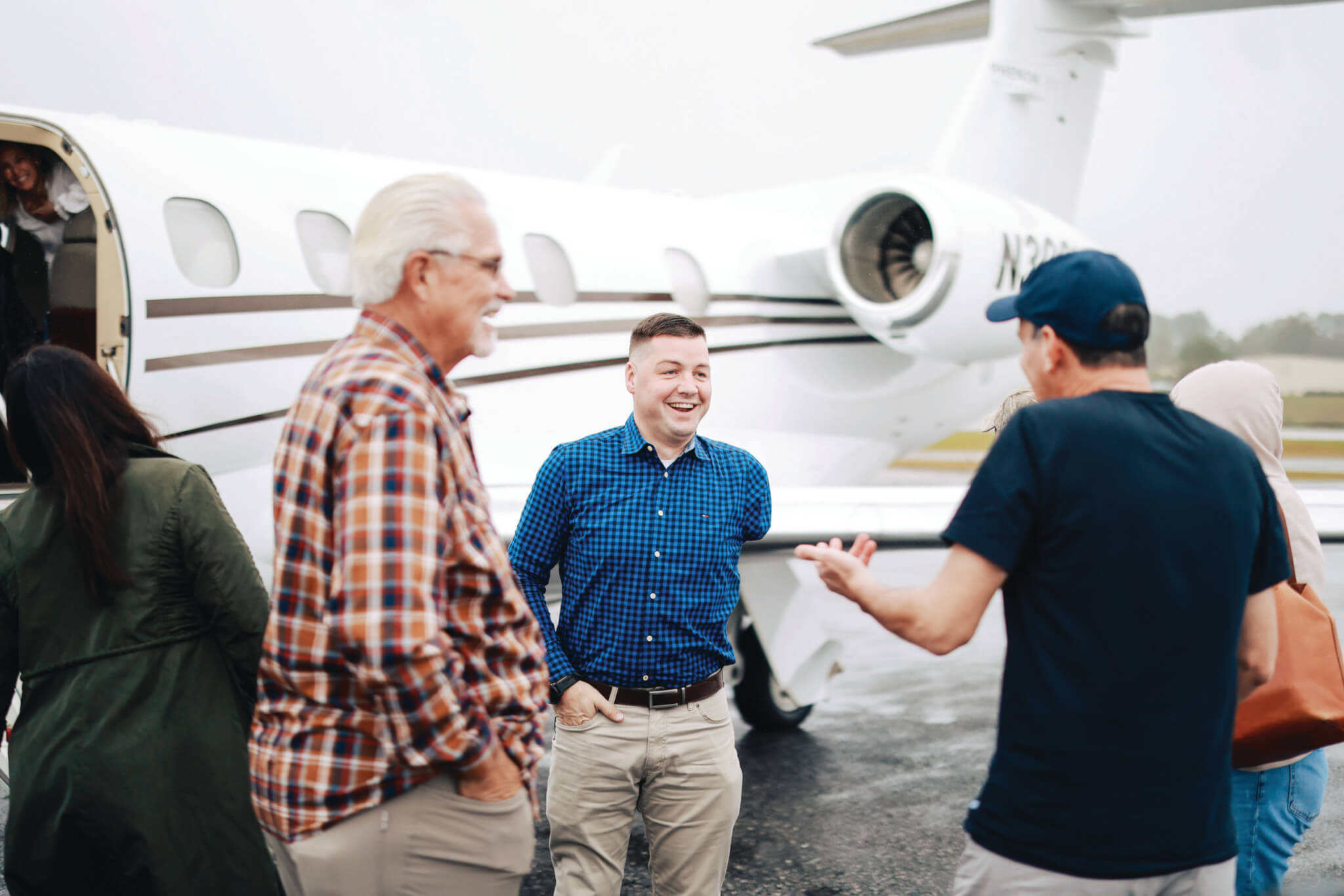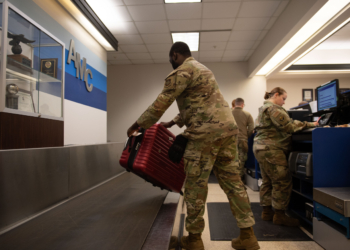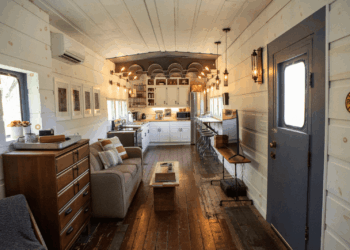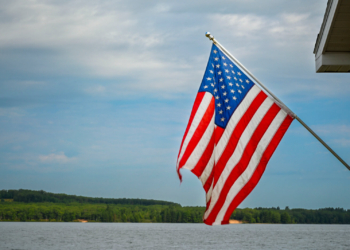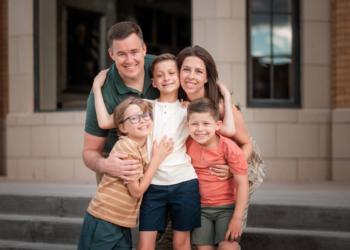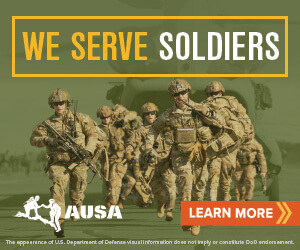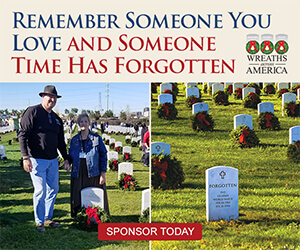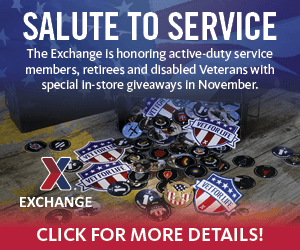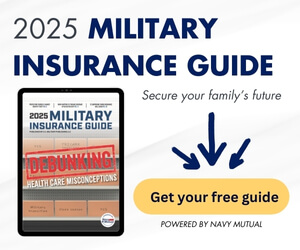The challenge of airport security, no matter how long or stressful, couldn’t deter Adam and Carrie Kisielewski. The couple was committed to introducing their first child to family in Wisconsin.
Their perseverance, though, far transcends typical passengers: Adam said he “got blown up and lost his arm and leg” in 2005 after the Marine sergeant kicked down a door in Iraq. Flying commercial required waiting in security lines, removing his prosthetics and reattaching them before making long walks with a baby boy.
So two Veterans Airlift Command pilots had another idea. They offered a free, private flight. There’d be no security, no long walks and no baggage claim.
“They flew me out to Wisconsin so I could introduce my baby to my family,” Adam said. “There was an aircraft owner and two pilots all giving up something valuable to help me and my family, having never met me before.”
That experience motivated Adam to join the VAC community of volunteers, first as an ambassador and later as a pilot. He has since participated in about 20 missions, including several as an associate pilot and one as the command pilot. He’s also on the nonprofit organization’s advisory board.
Walt Fricke started VAC in 2006, alongside volunteer pilots and airplane owners, to reduce the agony and expense of medical care for veterans. VAC also helps veterans visit family, reconnect with fellow soldiers and complete bucket-list adventures.
RELATED: Special operations veterans jump at chance to raise millions for military families
The organization now has 2,700 volunteer pilots who transport veterans nearly every day of the year at no cost. One of those pilots, Mike Bell, has flown 184 missions for VAC since he first volunteered in 2011.
“It’s been an amazing 12 years,” Bell said. “It’s enhanced my life in unbelievable ways.”
In addition to flights, Bell has hosted patients from Walter Reed National Military Medical Center at his home near the hospital. He and his family also have had guests over at Easter and other times of year.
“We get to know them and respect them and what they’re going through,” he said.
Sometimes the connections aboard private planes even form friendships and develop veterans into pilots. That’s the case for Adam and Bell, the son of a Korean War radioman. The civilian lent his friend a $500,000 Diamond DA40 plane so the medically retired Marine could earn his
instrument rating, something pilots must have to fly under instrument flight rules.
Families can request a VAC mission at https://veteransairlift.org/request-flight/. The organization then sends an email to volunteer pilots within a predetermined
distance of the veteran’s home. These emails include a short summary of the veteran’s needs and where they are going. Once a pilot agrees to fly a veteran, he or she makes travel plans with the family.
For example, Bell recently helped a family near Harrisburg, Pennsylvania. The city’s main airport was 30 minutes away but the family had a grass landing strip behind their house. When weather conditions made that strip unusable, Bell changed plans to a small airport not five minutes from the family’s home.
Bell said VAC pilots can usually takeoff and land at more than 3,000 airports, airstrips and airfields. That allows veterans with traumatic injuries to avoid the usual airport security procedures and have much easier flights.
Adam still remembers his first VAC flight as a passenger 13 years ago. He and his wife drove to a specific hangar near their Maryland home. Their luggage quickly went into the private plane and the family took their seats. He never once removed his prosthetics, worried about security procedures or wondered how to pay for an expensive flight.
“Within 10 minutes you’re usually in the air,” Adam said. “It’s much easier than commercial travel.”


